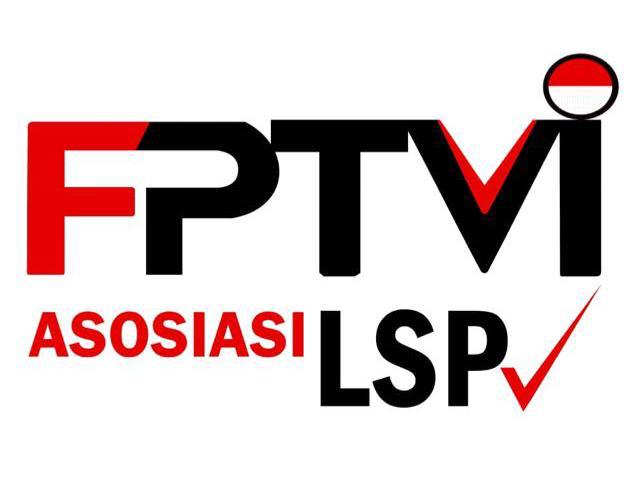Effects of Pilot Injection Timing on The Engine Performance of A Diesel Dual Fuel Engine
Abstract
Keywords
Full Text:
PDFReferences
D. Yuvenda and B. Sudarmanta, “Karakterisasi performa mesin sistem dual fuel menggunakan pressure reducer adaptive dengan variasi konstanta (k) pegas helix tekan dan tekanan gas keluar pada stage dua,” in Prosiding Seminar Nasional Manajemen Teknologi XXIII, 2015, pp. 24.2-24.8.
D. Yuvenda, B. Sudarmanta, and E. Alwi, “Analisis kekuatan pegas pressure reducer sebagai penurunan tekanan pada mesin duel fuel,” INVOTEK J. Inov. Vokasional dan Teknol., vol. 17, no. 2, pp. 31–38, Nov. 2017.
D. Y. Exoryanto and B. Sudarmanta, “Studi eksperimen unjuk kerja mesin diesel menggunakan sistem dual fuel solar gas CNG Dengan Variasi Tekanan injeksi gas dan derajat waktu injeksi,” J. Tek. ITS, vol. 5, no. 2, pp. 604–609, Feb. 2017.
B. Yang, C. Xi, X. Wei, K. Zeng, and M.-C. Lai, “Parametric investigation of natural gas port injection and diesel pilot injection on the combustion and emissions of a turbocharged common rail dual-fuel engine at low load,” Appl. Energy, vol. 143, pp. 130–137, Apr. 2015.
R. . Papagiannakis and D. . Hountalas, “Combustion and exhaust emission characteristics of a dual fuel compression ignition engine operated with pilot Diesel fuel and natural gas,” Energy Convers. Manag., vol. 45, no. 18–19, pp. 2971–2987, Nov. 2004.
B. Yang, L. Wang, L. Ning, and K. Zeng, “Effects of pilot injection timing on the combustion noise and particle emissions of a diesel/natural gas dual-fuel engine at low load,” Appl. Therm. Eng., vol. 102, pp. 822–828, Jun. 2016.
R. G. Papagiannakis, S. R. Krishnan, D. C. Rakopoulos, K. K. Srinivasan, and C. D. Rakopoulos, “A combined experimental and theoretical study of diesel fuel injection timing and gaseous fuel/diesel mass ratio effects on the performance and emissions of natural gas-diesel HDDI engine operating at various loads,” Fuel, vol. 202, pp. 675–687, Aug. 2017.
DOI: http://dx.doi.org/10.12962%2Fj23378557.v5i2.a5014
Refbacks
- There are currently no refbacks.
This work is licensed under a Creative Commons Attribution 4.0 International License. IPTEK The Journal of Engineering published by Pusat Publikasi Ilmiah, Institut Teknologi Sepuluh Nopember.
Please contact us for order or further information at: email: iptek.joe[at]gmail.com Fax/Telp: 031 5992945. Editorial Office Address: Pusat Riset Building 6th floor, ITS Campus, Sukolilo, Surabaya 60111, Indonesia.








